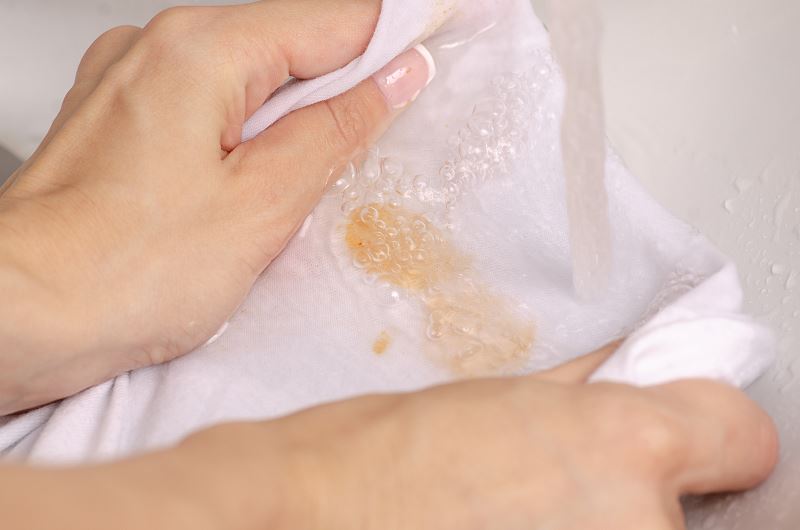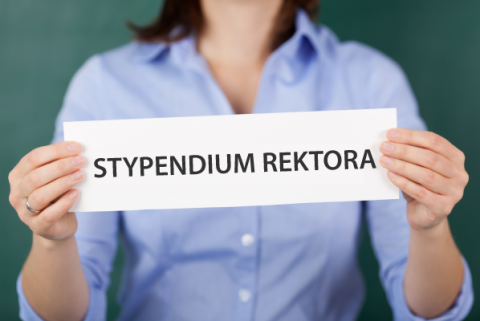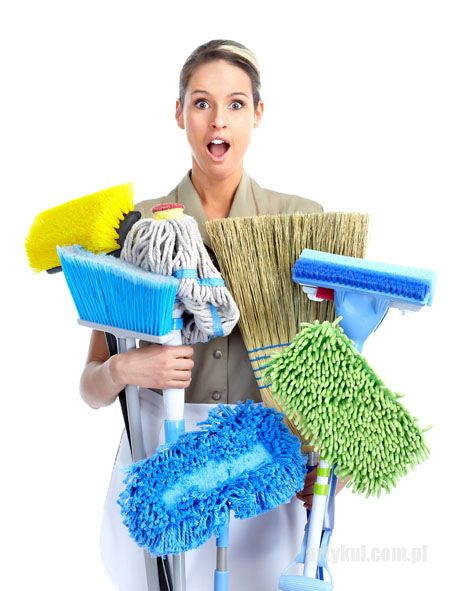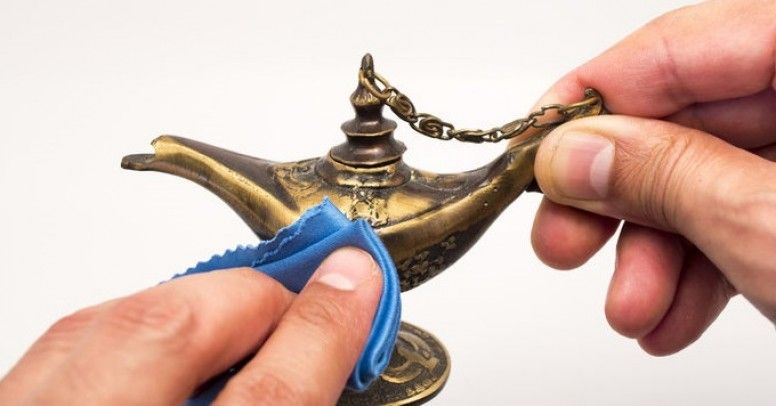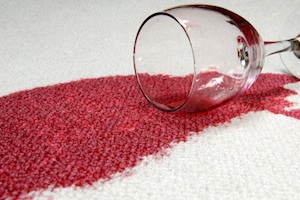 How to deal with a variety of stains?
How to deal with a variety of stains?
Various stains and burn marks can destroy our most valuable items. Stain removal is not at all difficult, if we have the right means and know how to use them.
Speaking of saving fabric stains, we also mean curtains, upholstery and carpets, and such things are difficult to move and you have to be careful, so as not to destroy the wood with solvents, padding or foam backing, you also need to know, what material we are dealing with, as detergents suitable for one fabric can damage another. If in doubt, we test on an invisible piece.
Alcohol.
Sprinkle with soda and rub with a sponge dipped in warm water. Wash carpets and upholstery with shampoo and dry with a cloth.
Ink.
Rinse carpets with soda and wipe them. Moisten with warm water and wipe again. We wash with shampoo, and remove the leftovers 25 ml of sodium dithionite diluted 600 ml of water. First, we check the effectiveness in a small area. After washing the fabrics, which are suitable for this, we moisten the stain with lemon juice, and then squeeze it between two pieces of cotton cloth. We rinse thoroughly. If it is necessary, we repeat this action.
Dyes. The fabrics are soaked in an enzymatic detergent. If that doesn't help, Dampen white fabrics with a stain remover, colored spirit with the addition of a few drops of ammonia. Dry-clean fabrics can be cleaned in the laundry.
Moisten carpets and upholstery fabrics with alcohol mixed with ammonia. Chocolate. From fabrics, that can be washed, we scratch the stain. Then we wash the entire fabric with an enzymatic detergent. If the stain doesn't come off, we sprinkle it with borax and soak it intensively.
Rub dry borax into delicate fabrics and upholstery materials, a po 30 min, moisten the stain with a sponge dipped in warm water and dry with a cloth. Wash carpets with shampoo.
Pen and marker.
Moisten slightly with spirit and dry with a cloth, not on synthetic fabrics containing acetates and triacetates.
Jams and preserves.
After washing the fabrics, moisten the traces of fruit with alcohol. Sprinkle the fabrics not suitable for wet washing and upholstery with borax and wipe with a sponge.
Colors.
Spilled paint is removed immediately, even if according to the instructions "it can be washed off with water”. If the stains, from water-based emulsions and primers are wet, rub them with a sponge dipped in cold water, then wash in soapy water and squeeze out excess water. Moisten carpets very carefully. If the paint has partially dried, we soften it with spirit and proceed as above. Oil-based paints. Moisten the stain with white spirit and rub with a sponge dipped in cold water. We wash immediately in the washing machine.
Wash the carpets with shampoo and squeeze out the excess liquid. If that doesn't help, moisten the fabric with a little paint remover and wipe immediately with a sponge.
Egg.
The fabrics are soaked in an enzymatic detergent, we wash. Remove the remains of the yolk with a stain remover . Fabrics not suitable for wet washing, Moisten furniture upholstery and carpets with foam made from a mild dishwashing detergent, we collect the moisture with a cloth, and then we treat the stain with a stain remover.
Coffee and tea.
Wipe the fabric with a cloth, then rinse with soda and wipe again. Lightly moisten the acrylic plush upholstery with a sponge dipped in a diluted enzymatic detergent.
Repeatedly sprinkle old stains with soda water or rub them with glycerin solution and then 10 rinse with a sponge.
Ketchup, bottled sauces.
We treat stains on the carpet with a glycerin solution, and then rub with a sponge, collect excess fluid and wash with shampoo. Wash the upholstery with a sponge and dry it. Then we apply a spray stain remover. Fabrics that cannot be washed at home are sent to the laundry.
Glues.
We remove as much glue as possible before it hardens, and the rest we clean with a suitable agent. To remove colorless and contact general purpose adhesives, soak the surface with a tampon moistened with an oil-free nail polish remover, lighter gasoline or amyl acetate. First, we check the action of the agent on an invisible part of the fabric, to be sure, that it will not discolor. Do not use varnish remover on synthetic fabrics containing acetates and triacetates. If in doubt, take a different solvent. In the case of upholstery fabrics, we wipe the inside of the material, covering the stain with a second tampon, to extract the dissolved glue from the fabric.
In the case of epoxy resin adhesives, moisten the synthetic fiber fabrics with lighter fluid, a natural fiber – a cellulose solvent.
We try to get as much glue as possible from the upholstery fabrics. Use a comb to remove dry residues from the carpet fibers and trim the fibers with scissors.
Latex glue, if it's still wet, rub with a damp cloth. When it dries up, we use a solvent recommended by the manufacturer.
Wash off the so-called white joinery glue with warm soapy water.
